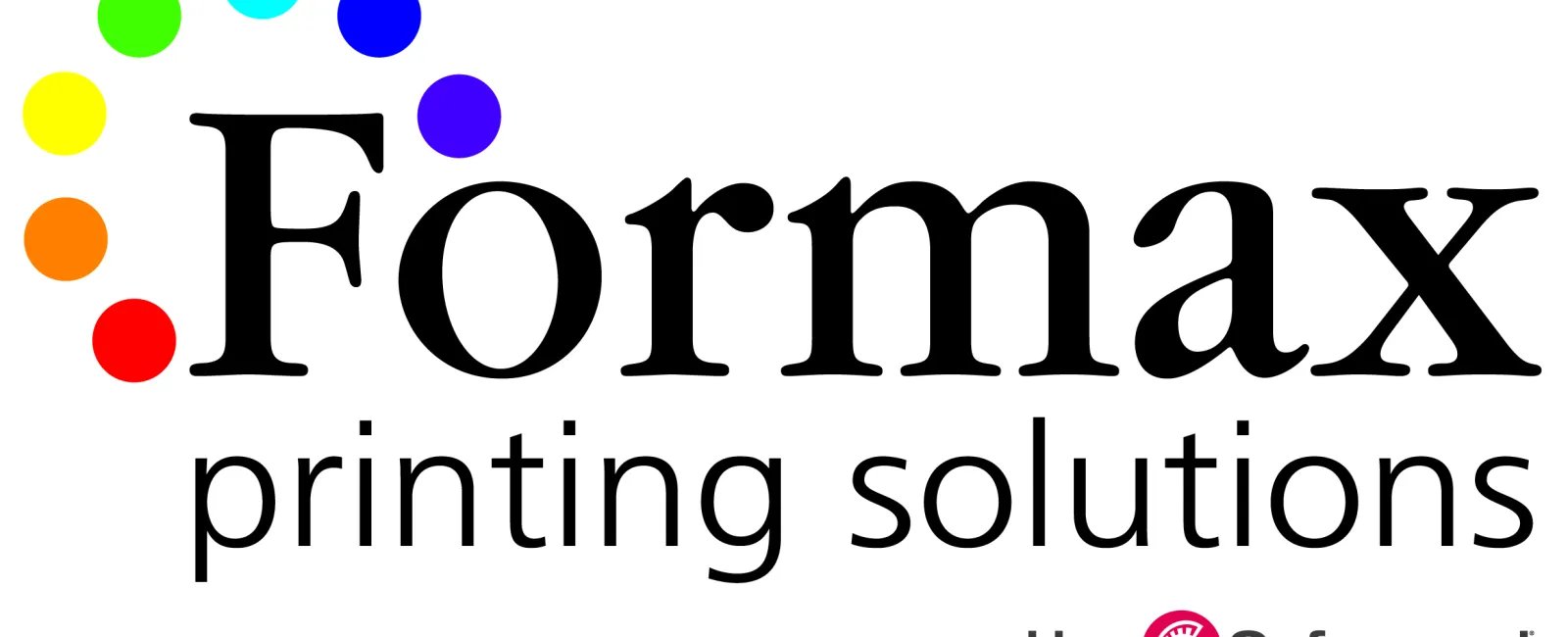
Topics within the handbook often include contact information, company policies, safety procedures, driver responsibilities, vehicle features and operation, inspection and maintenance guidelines, instructions for handling accidents and emergencies, and other essential subjects.
Below are seven tips for creating a driver's handbook that is both durable and easy-to-use-
1) Laminate the Cover and Pages
Frequent handling will likely subject a driver's handbook to stains, tears, and abrasions. Also, the handbook might need to be used in the rain, accidentally dropped in snow or mud, or be exposed to grease or oil. Fortunately, bonding a clear plastic laminate to the cover and pages will allow the book to be easily wiped clean. In addition to adding a layer of protection, the laminate also adds strength and rigidity. Laminate film is available in a variety of finishes, with the most popular choices being gloss or matte.
For maximum longevity, it is recommended that the book's cover and pages be completely encapsulated within the laminate film. Also, known as "sealed-edge" lamination, encapsulation means the cover and pages are sandwiched between two pieces of clear plastic film that extend past the edge of the paper by 1/8" to 1/2" on all sides. This allows the top and bottom sheet of laminate film to bond to each other around the entire perimeter, thus totally enclosing the cover and pages in plastic. Encapsulation prevents moisture and other contaminants from ever touching the printed paper substrate.
2) Use Coil Binding
The coil binding process secures the cover and pages of a book using a durable plastic coil that resembles a long spring. The coil is inserted and twisted through small holes punched along the spinal edge of the book's cover and pages. After being fed through all the holes in the cover and pages, the coil is crimped at both ends to keep it in place.
Also known as spiral binding, coil binding produces a book that is extremely easy to handle. Unlike most other binding styles, coil bound pages have no spinal tension in them. Hence, the pages of a coil bound book rotate around the coil with very little resistance. This allows the pages of a coil bound document to stay put without having to be continually held open with both hands in order to view the contents.
In addition, coil binding is one of the few bookbinding styles that allow a book to fold all the way back upon itself and yet still remain flat. This feature allows a coil bound book to be referenced very easily. Also, because coil bound books open fully, important information never gets buried near the spine.
3) Extend the Laminate along the Binding Edge

An example of binding coil inserted through the sealed-edge laminate to prevent moisture and dirt from contacting the paper substrate
The secret to maintaining the integrity of an encapsulated book is to extend the sealed-edge laminate well past the "binding edge" of the cover and pages. This way, the holes for the plastic binding coil can be punched so that they penetrate the laminate only, not the paper substrate. This preserves the moisture and dirt barrier of the protective laminate.
4) Round the Corners
By rounding the corners of the book's cover and pages, the corners will be less likely to bend backwards when the book is shoved under a seat or into a storage compartment. By reducing the occurrence of snags and dog-eared pages, rounded corners help maintain the appearance and longevity of the book.
Also, if a thick laminate is used to protect the book, the cover and pages can become quite rigid and thus more likely to create sharp 90-degree corners. Rounded corners help prevent skin punctures and other injuries.
5) Choose Practical Dimensions
One of the most common book sizes is 8.5" x 11". However, this may not be a practical size for a glovebox, door pocket, or other storage compartment within a vehicle. It might be better to create the book as 5.5" x 8.5", 4.25" x 11", or any other size that better fits the space available for storage. If desired, pocket-sized handbooks can be created to fit a shirt or jacket pocket.
6) Consider Tabbed Dividers or Stepped Pages for Quick Indexing
Die-cut index tabs provide a simple way to organize a driver handbook into logical sections. Custom-printed tabs extend beyond the text pages to provide a concise label for each section, allowing the driver to quickly locate specific areas within the handbook.
Stepped pages are another way to provide quick indexing. The pages in each subsequent section are created slightly wider than the preceding section. The extra width allows room for the section's label to be printed upon it. The part of the page that extends in each section is often printed in a color unique to that section of the book.
A third method for clearly identifying each section of the handbook is to print a short color bar along the non-binding side of each page, with each section utilizing a different color. Though not as prominent as die-cut tabs or stepped pages, this is a very cost-effective option for distinguishing the various sections of a book.
7) Include an Acknowledgement Page
Many companies ask their drivers to sign and date a statement acknowledging they have received/read the handbook and agree to comply with the procedures and guidelines presented therein. Instead of creating a separate sheet, an acknowledgement page can be bound into the book and perforated for easy removal. This page can also be made a different color than the rest of the book's pages so that it can be located easily.
If you'd like to further explore the benefits of creating durable and user-friendly reference books for use in your fleet vehicles, give Formax Printing a call at 866-367-6221. Or, if you already know your specs and would like a quote, submit our easy quote form. We look forward to assisting with your next book project!
Take care! Rick





